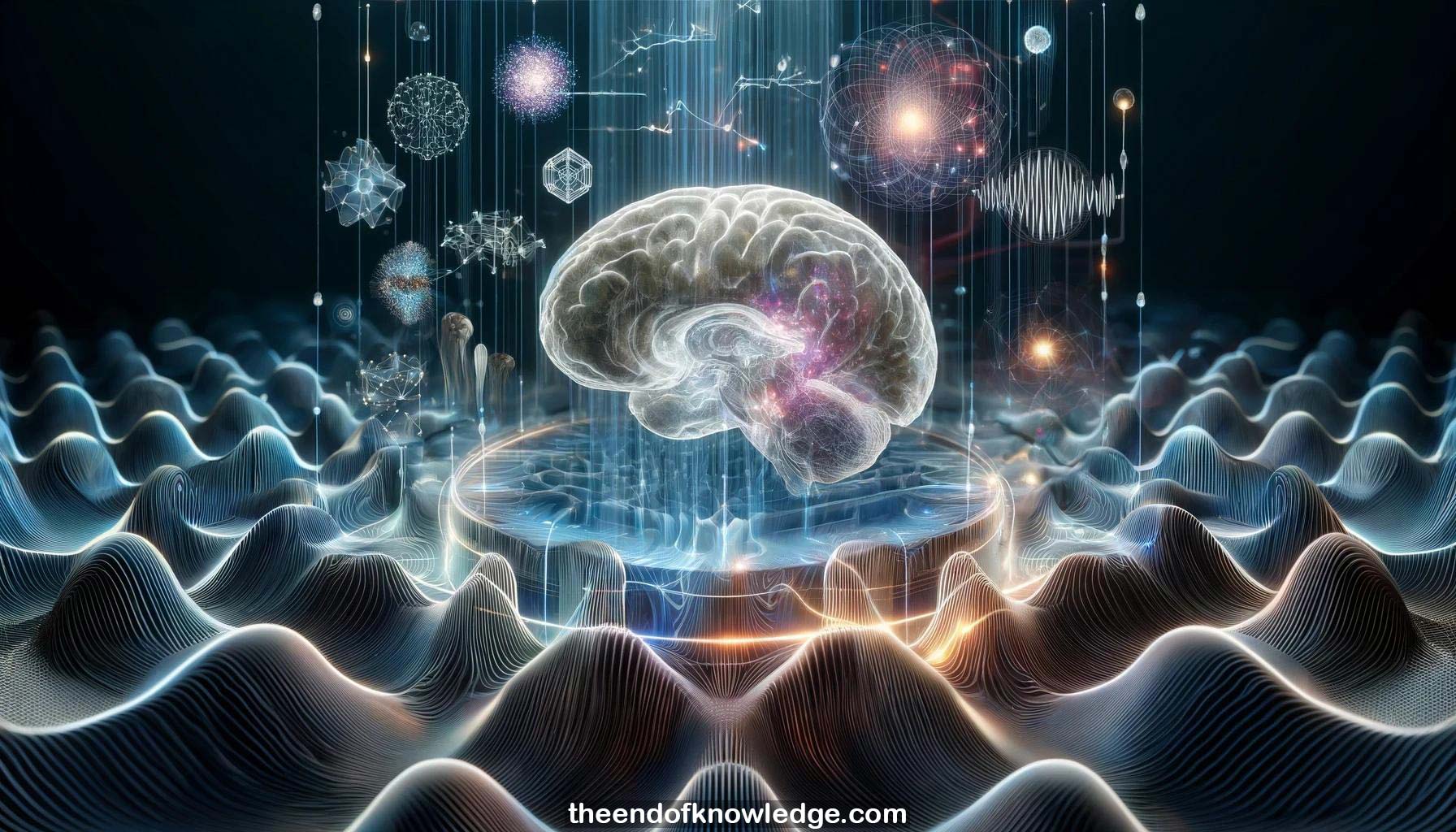 >
>
Concept Graph & Resume using Claude 3 Opus | Chat GPT4 | Llama 3:
Resume:
1.-Nuri Ince recently moved his lab from University of Houston to Mayo Clinic to research neural biomarkers in neurological disorders.
2.-Various signal modalities are available with different spatial and temporal resolutions to extract information and identify neural biomarkers.
3.-Nuri's lab operates in domains including Parkinson's disease, epilepsy and brain tumors, with a focus on seizure onset zone localization.
4.-In Parkinson's, beta band activity in local field potentials correlated with optimal deep brain stimulation contacts.
5.-High-frequency oscillations (HFOs) between 200-400 Hz distinguished Parkinson's subtypes and helped localize the subthalamic nucleus target.
6.-In epilepsy, intracranial EEG is used to identify the seizure onset zone over days of monitoring, which has risks.
7.-HFOs recognized as potential biomarkers occur frequently in seizure generating areas even before seizures, but are difficult to visually identify.
8.-Automated HFO detectors are needed but face challenges distinguishing real HFOs from artifact waveforms that appear similar when filtered.
9.-In 2016, an unsupervised HFO detection pipeline using time-frequency analysis was proposed to cluster and distinguish HFOs from artifacts.
10.-HFO clusters correlated with seizure onset zones in most patients, suggesting HFOs could predict seizure generating areas without seizures themselves.
11.-Motor cortex HFOs had arbitrary waveforms while seizure onset zone HFOs exhibited stereotyped morphology, a potential biomarker to distinguish pathological events.
12.-Realistic recordings pose challenges with locally corrupted signals generating pseudo-HFOs that can be misidentified as real HFOs.
13.-Sparse signal processing was used to reconstruct candidate HFO events with predefined waveform dictionaries to distinguish real from pseudo-HFOs.
14.-Random forest classifiers using sparse approximation features significantly improved accuracy of identifying real HFOs and the seizure onset zone.
15.-A graphical user interface was developed to annotate HFOs and incorporate the AI tool to assist neurologists' interpretations.
16.-Approximating the entire HFO signal has limitations, so an adaptive sparse local representation approach was developed.
17.-Learned waveform dictionaries were used to represent HFOs in overlapping signal segments, improving robustness to noise in EMU and intraoperative settings.
18.-Intraoperative HFO rates showed no significant difference from EMU rates, suggesting feasibility of earlier seizure onset zone localization.
19.-Denoising eliminated many fast ripple artifacts misidentified as HFOs and improved seizure onset zone localization, especially in noisy intraoperative recordings.
20.-Ranking contacts by denoised HFO rates achieved 95% accuracy localizing the seizure onset zone with the top 1-2 contacts intraoperatively.
21.-Responsive neurostimulation aims to control seizures by stimulating the seizure onset zone when HFO biomarkers are detected by an implant.
22.-A Simulink interface was established to collect intracranial EEG with a wireless brain implant and clinical amplifier for closed-loop stimulation.
23.-The implant had lower signal quality than the clinical amplifier but captured spikes well, and strategies improved wireless data transmission.
24.-The implant is being used to study neuromodulation in and out of seizures with a MATLAB/Simulink platform under development.
25.-The research involved collaborations across institutions including Baylor, Texas Children's, and Mayo Clinic within a new Neural Engineering and Bioelectronics group.
26.-Open source algorithms exist for HFO detection, including from Nuri's lab, that can be adapted for animal models as well.
27.-Deep learning approaches feeding the network segmented signals are of interest and will be explored by an incoming graduate student.
28.-Most data presented was from stereo EEG, with some ECoG collected from brain tumor patients during awake brain mapping.
29.-Postdoc and PhD positions are available in Nuri's labs focusing on neural interfacing, signal processing and machine learning for biomarker discovery.
30.-A collaborative study with Nuri's team used high-density ECoG to map the central sulcus and detect evoked potentials.
Knowledge Vault built byDavid Vivancos 2024